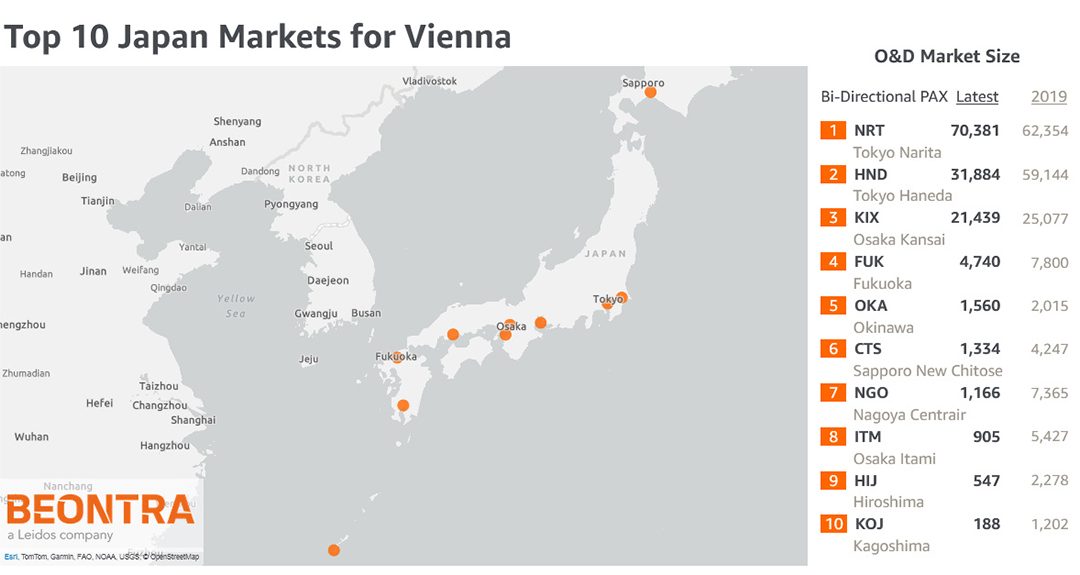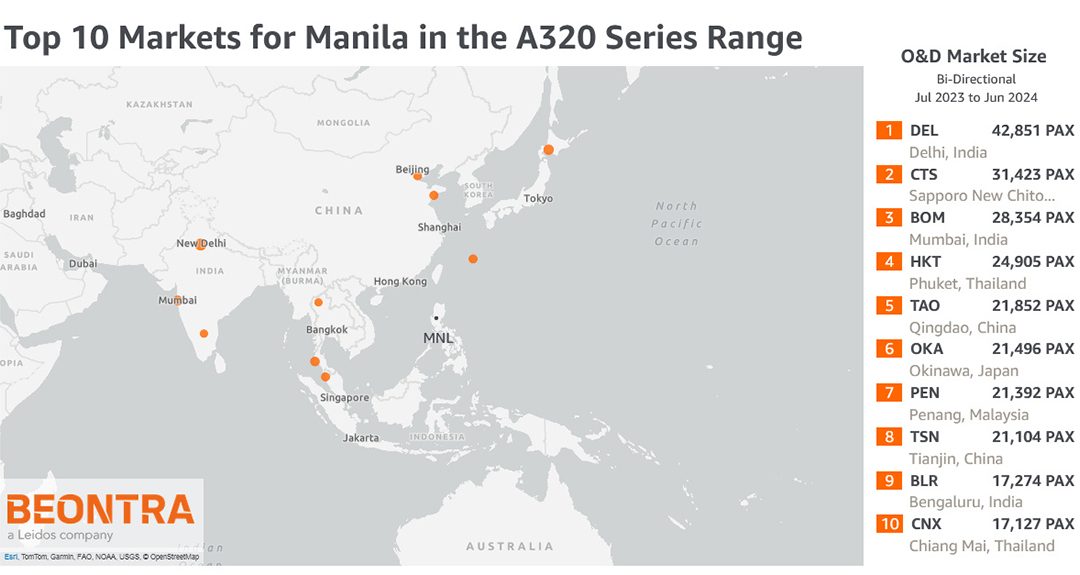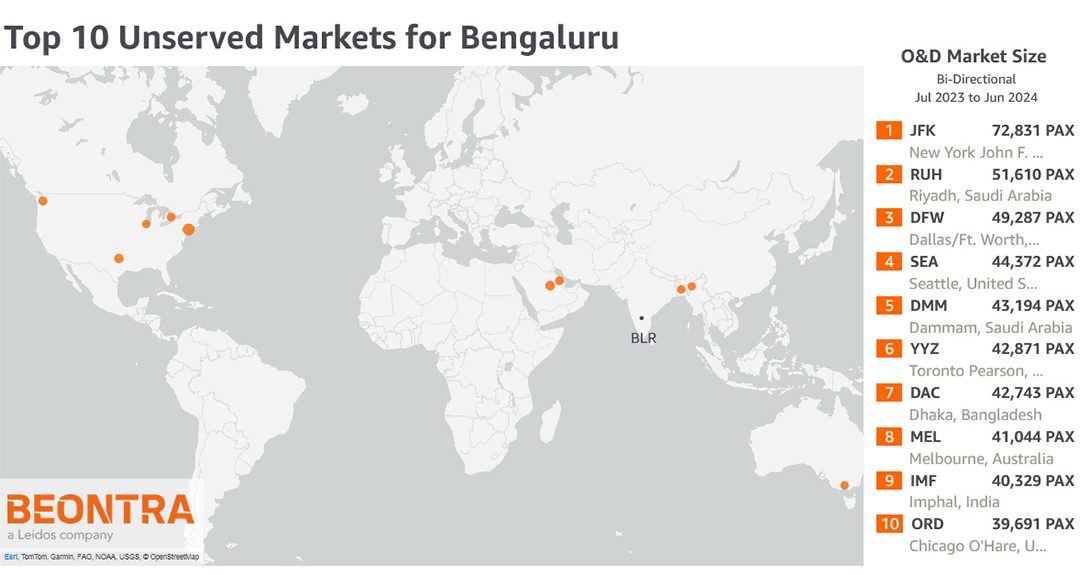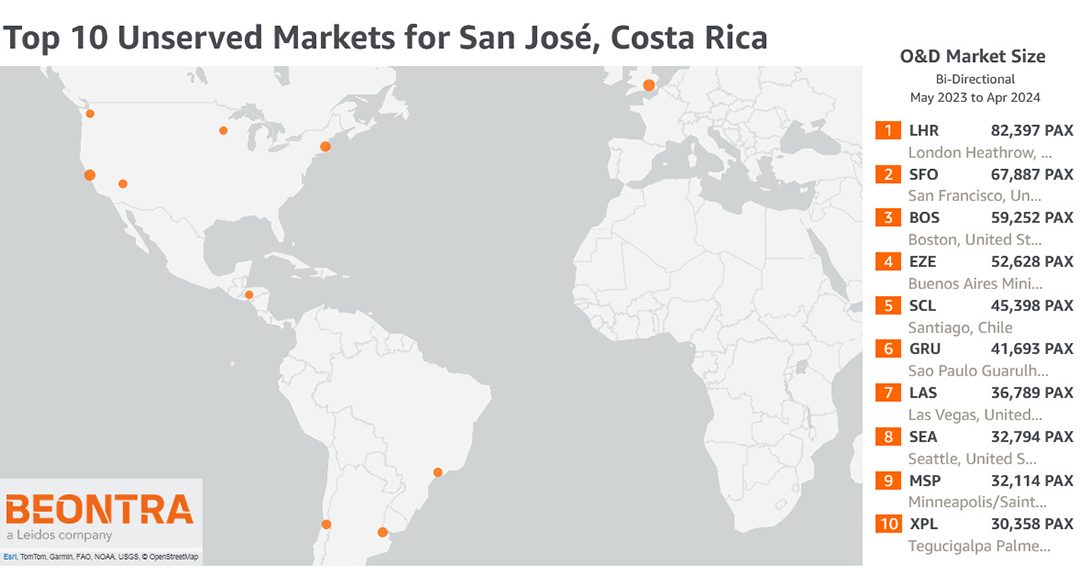
🌍✈️ The Future of Aviation is Sustainable – Is Your Airport Ready?
The global transition to sustainable aviation fuel (SAF) is rapidly gaining momentum. By 2050, legislation is expected to drive SAF to comprise 75% of jet fuel use in the UK and 70% across the EU. In the USA, the Grand Challenge Roadmap outlines a target of 35 billion gallons (130 billion liters) of SAF annually.
🌱 The challenge? Airports will need to invest heavily in infrastructure to support this diverse fuel mix – SAF from biomass feedstock, synthetic SAF from captured carbon, pure hydrogen, and even electric alternatives. This shift from a single fuel type to a complex ecosystem requires forward-thinking planning.
🚀 Where BEONTRA comes in: Our demand forecasting expertise helps airports navigate this complex transition. We deliver accurate forecasts and flight-by-flight design schedules for any time horizon, enabling airports to anticipate aircraft movements and their specific fuel needs. With these insights, airports can strategically plan the infrastructure necessary to support SAF adoption, ensuring they’re ready for the future of aviation.
Ready to future-proof your airport’s fuel infrastructure? Learn more about our Managed Services: https://www.beontra.com/managed-services/




